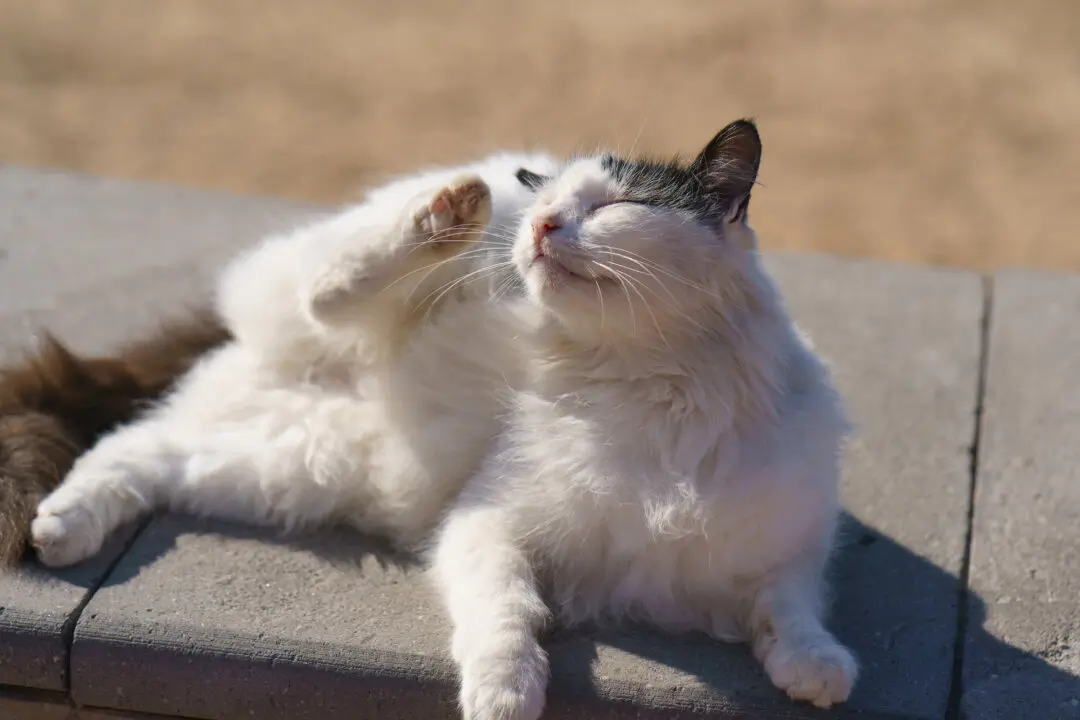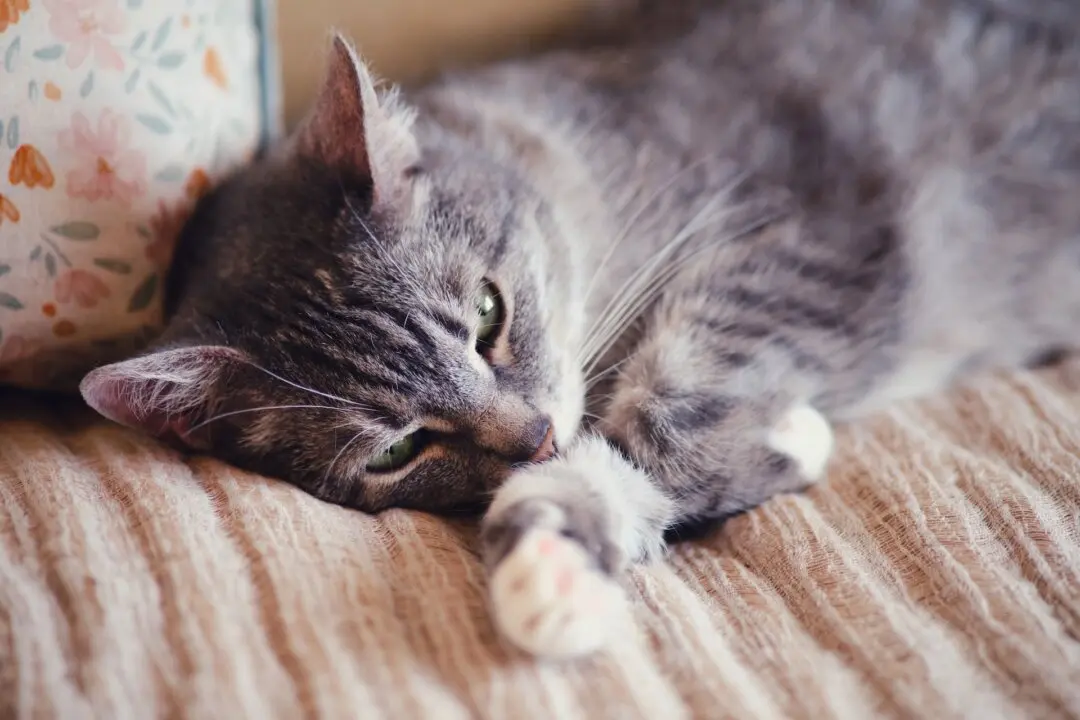Q: My hamster, Cheeky, doesn’t use his exercise wheel. My friends’ hamsters all do. Is Cheeky just lazy, or should I get him a different wheel?
A: Most hamsters enjoy their wheels, although some don’t, just like some people don’t relish jogging on a treadmill.





